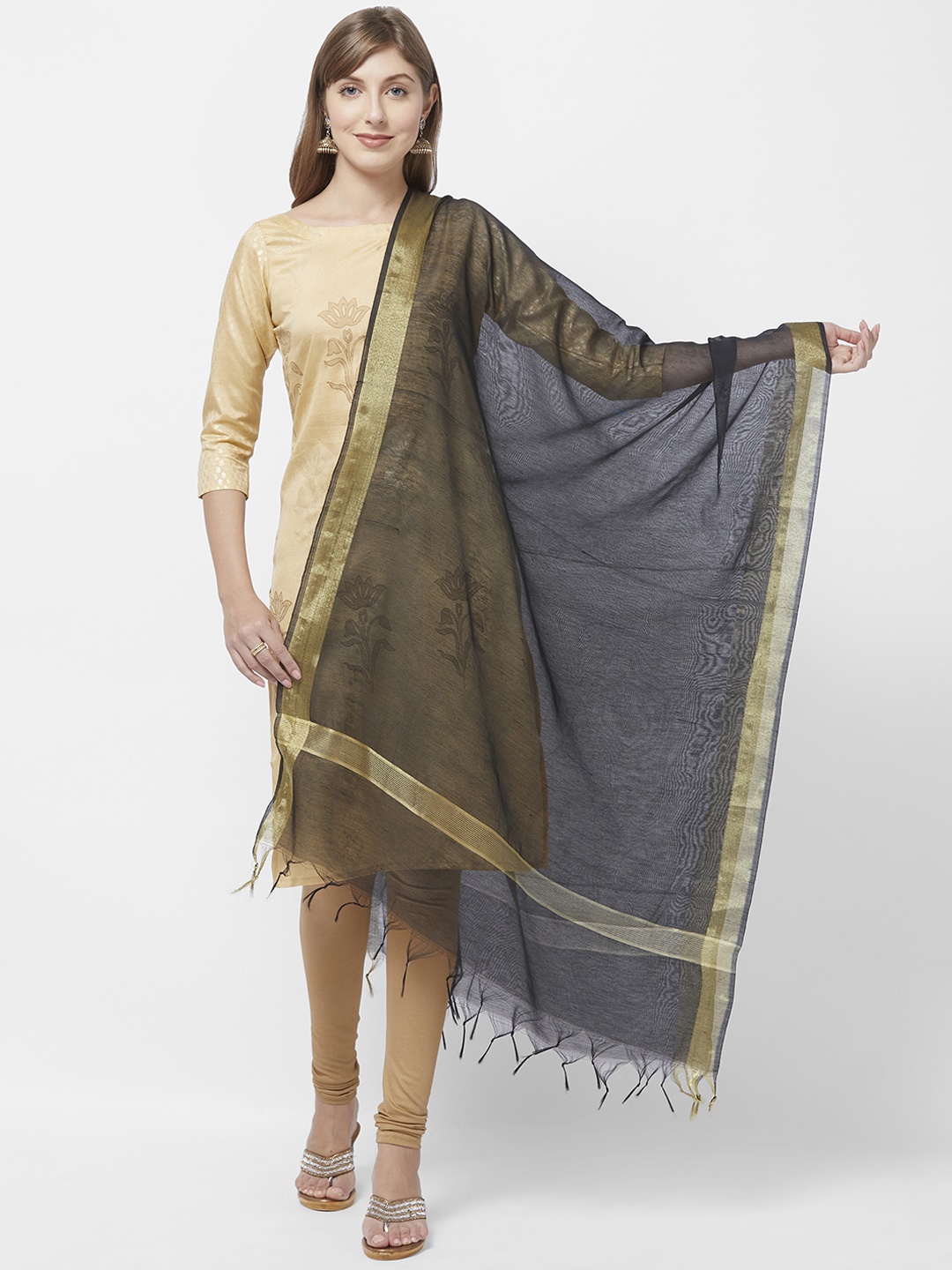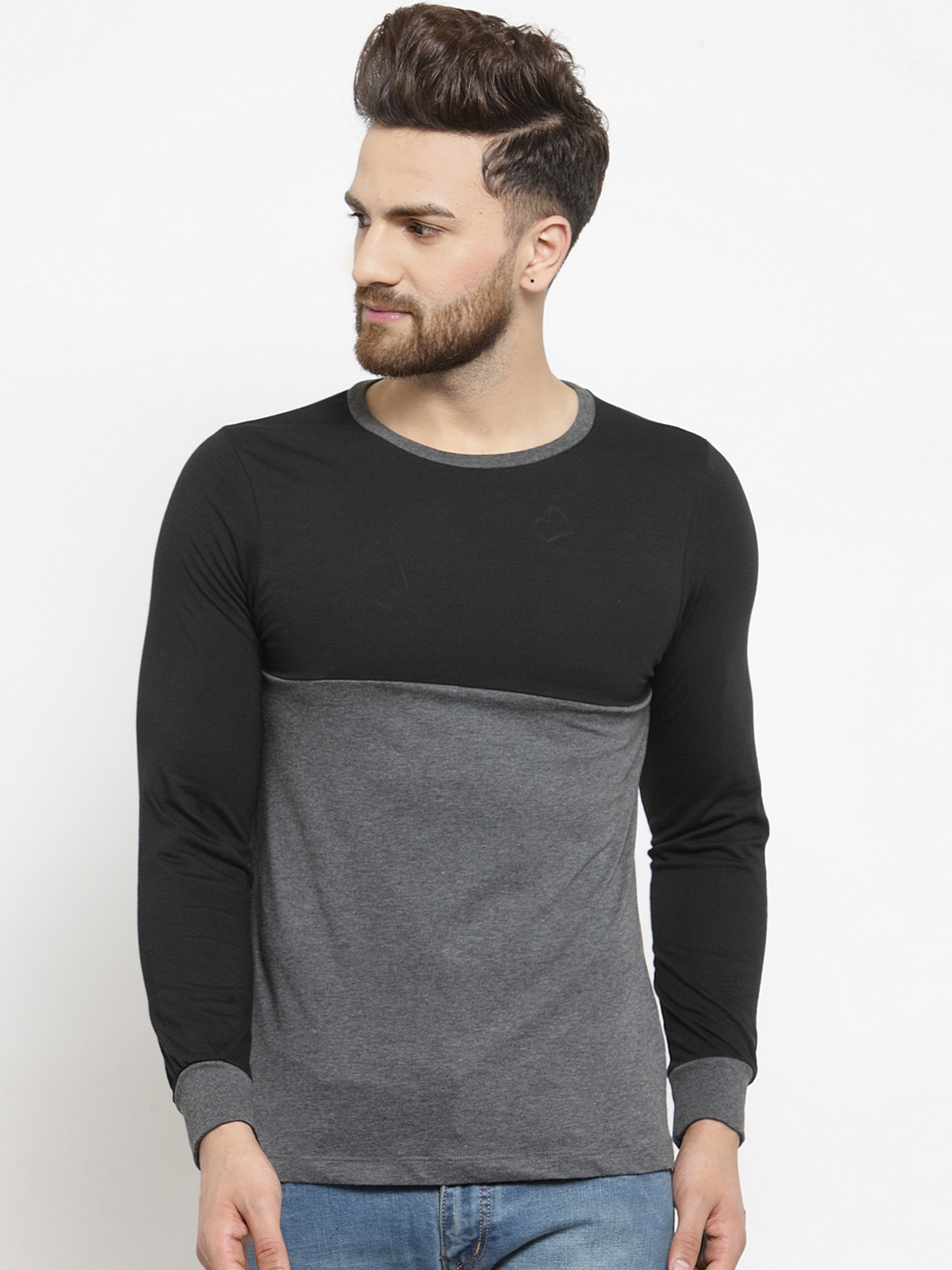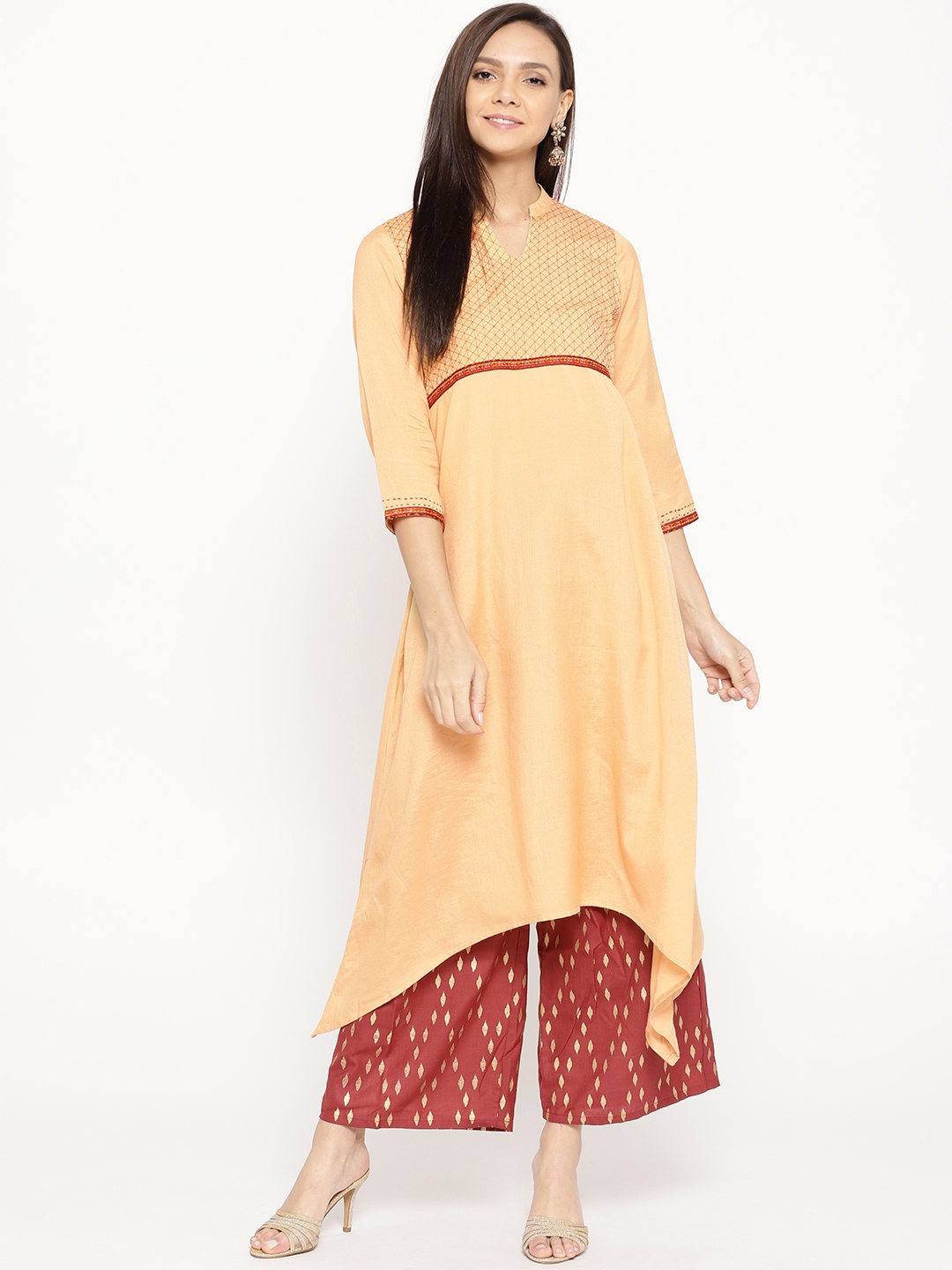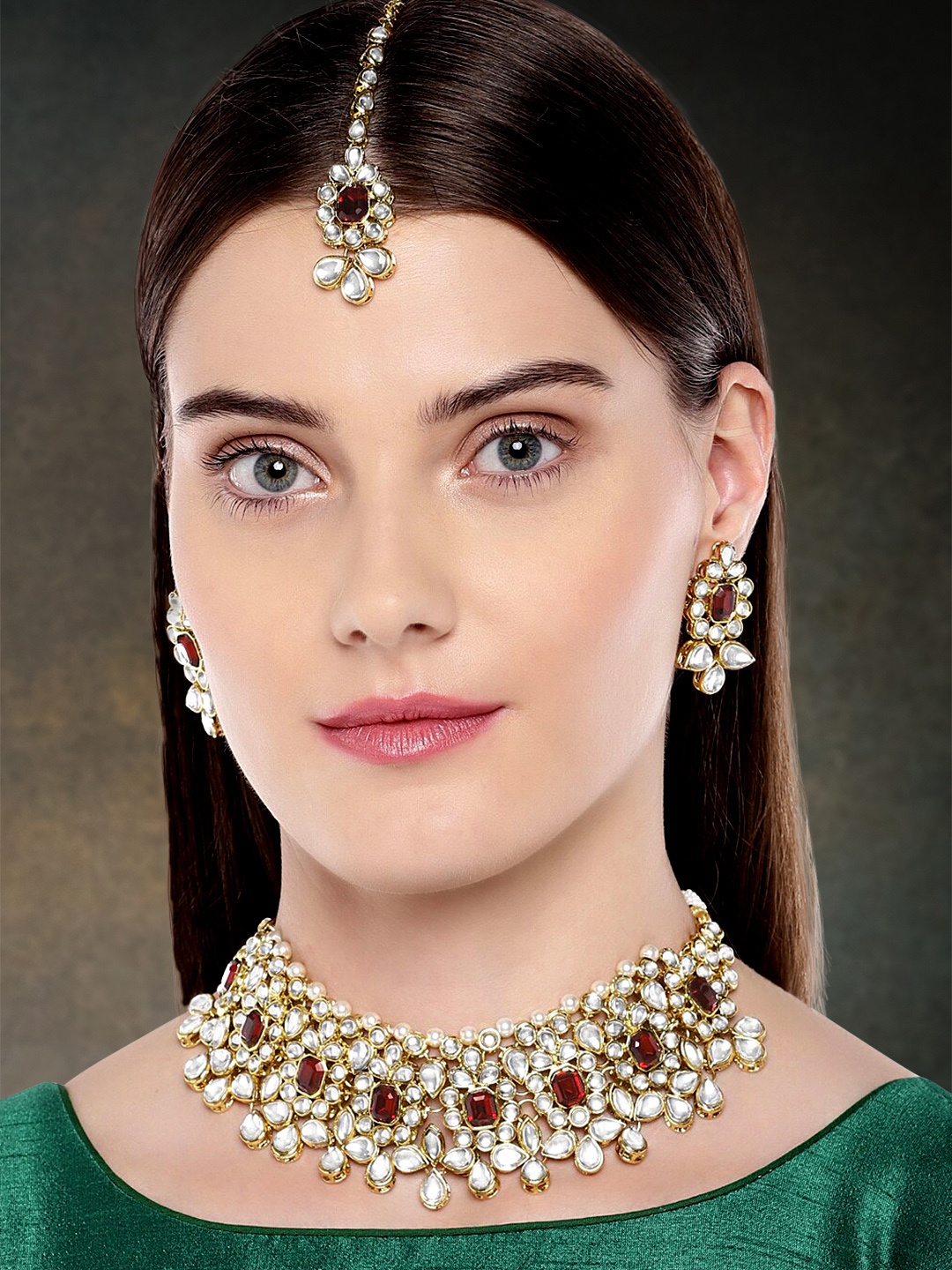How To Pick Women's Scarves That Stay in Place Without Constant Adjustments
Slipping scarves, endless tugging and that constant worry of fabric sliding off at the worst moment, choosing the right headscarf can feel like a small but persistent daily struggle. This guide on how to pick scarves that stay put.

How To Pick Women's Scarves That Stay In Place Without Pins Everywhere.
Scarves are more than just fabric. They hold stories, style and sometimes a sense of identity. But there's one problem that unites almost everyone who wears them: they just won't stay in place. Whether on a breezy auto ride, during a busy office commute, or while shopping in a bustling market, scarves have a knack for slipping at the wrong time. The result? Constant fiddling, frequent re-adjustments, and sometimes complete frustration.
But here's the truth, keeping a scarf in place isn't about endlessly pinning it down or giving up after the tenth try. It's about choosing wisely. The right scarf material, cut, and technique can transform the experience. Instead of a sliding, restless accessory, it becomes a graceful companion you hardly notice through the day.
So, how exactly do you pick women's head scarves that stay secure without becoming a nuisance? Let's break it down.

How To Pick Women's Scarves That Stay In Place Without Pins Everywhere; Photo Credit: Pexels
1. Fabric Choice Makes or Breaks It
The first rule of a steady scarf is in the fabric. Cotton blends are champions because they have grip without feeling rough. Georgette and chiffon, on the other hand, look stunning but can be slippery unless styled with pins. Linen is breathable and perfect for hot weather, while silk, though elegant, often demands extra care to stay put.
Think of it this way: wearing a satin scarf on a windy day is like trying to balance a coin on its edge. Beautiful, but impractical. On the other hand, a cotton voile scarf clings just enough to sit naturally. When shopping, run your fingers through the fabric. If it feels like it will slide straight off your hair, it probably will. For daily wear, practicality wins over luxury. Save the delicate drapes for special occasions, but let cotton be your everyday ally.
2. Size Does Matter
A scarf too small keeps slipping out, while one too large becomes bulky and hard to manage. The sweet spot is usually around 70 x 180 cm, a versatile length for wrapping, layering, or draping. Square scarves, although stylish, often need more effort to stay steady. Rectangular scarves give more room to experiment with folds and tucks that hold.
When standing in front of a mirror, ask this: does the scarf cover comfortably without leaving you worried about sudden gusts of wind or head shakes? If you feel like you're in a battle with the cloth, it's not the right size. A balanced size makes all the difference between spending a day tugging at your headscarf and forgetting you even have it on.
3. Texture is the Secret Weapon
Scarves with a little texture have better grip. Crinkled cotton, lightweight pashmina blends, and slightly ribbed fabrics naturally cling, creating friction against the hair. Flat, shiny materials tend to slide away like butter on a hot paratha. A touch of texture saves you from extra pins, especially during long days.
A simple test is to drape the scarf loosely over your head and tilt forward slightly. If it starts to slip instantly, it won't hold well in real life either. On the other hand, if it stays without much fuss, that's the keeper. Texture doesn't just add to practicality, it also adds to style, ruffled folds and natural creases look graceful without trying too hard.
Also Read: 10 Best Headscarf Fabrics For Summer: Stay Cool, Beat Frizz And Look Stylish
4. Pay Attention to Colour Lining
Some scarves come with a subtle lining stitched inside. That lining often uses slightly rougher material, which grips better. Think of it as the secret stitching that does all the heavy lifting while the outer layer gets the compliments. A plain lining in neutral shades also makes the scarf less transparent, adding both modesty and function.
For those who step out daily in crowded places, a lined scarf can save time and patience. It avoids that awkward moment when you're hunting for pins while holding shopping bags or adjusting scarves mid-conversation. One thoughtful detail like this turns a scarf from tricky to dependable.
5. Invest in Good Undercaps
Sometimes, it isn't the scarf's fault; it's the surface beneath. An undercap or inner cap gives the scarf something to hold on to. They come in cotton jersey, netted styles, and even with elastic edges. Undercaps prevent hair from slipping out and make the scarf sit more snugly.
Think of them as the invisible anchor. With the right undercap, even a slippery chiffon scarf behaves better. It also helps on humid days when sweat makes fabric slide faster. Many prefer black or beige undercaps as they match almost everything, and at ₹150–₹300 apiece, they're worth every rupee for the comfort they bring.
6. Don't Underestimate Pins and Magnets
A good pin or magnetic clasp is like the final touch that seals the deal. Safety pins are classic, but scarf pins with rounded tips or magnets designed for headscarves are safer for delicate fabrics. Magnets especially keep the scarf in place without leaving holes or tugging.
Imagine being at a wedding, dancing away without fear of your scarf sliding off, that's the power of a well-placed pin. Carry a small pouch of them in your handbag; they're lifesavers in unexpected moments. Just remember: less is more. Over-pinning makes the scarf stiff and uncomfortable, while a couple of strategic fixes keep it secure and graceful.

How To Pick Women's Scarves That Stay In Place Without Pins Everywhere; Photo Credit: Unsplash
7. Seasonal Choices Matter
Hot summers and thick polyester scarves do not mix. Lightweight cotton or viscose feels airy and stays in place even with sweat. In cooler months, heavier fabrics like wool blends grip well and double up as protection against the cold. The trick is to match the weather.
During monsoon, quick-dry fabrics work better, as they don't stay damp for long. Nothing feels worse than a scarf that clings because of humidity. A little seasonal adjustment saves a lot of fuss and discomfort. In a land where summers stretch long and hard, breathable fabrics aren't just about fashion, they're survival.
8. Explore Stitching and Finishing
Scarves with neat hems, stitched borders, or light embroidery along the edges tend to stay put more easily. The finishing gives weight to the fabric, preventing it from flying off with every breeze. At the same time, avoid scarves with slippery satin borders, they make the edges harder to grip.
An embroidered edge or lace trim is not just decoration; it acts as a natural anchor. Those details bring balance between beauty and practicality. It's like adding a little jewellery to your scarf while also making it behave. When buying, hold the scarf from the corner and shake it lightly. If the edge flutters too freely, you may need pins to control it.
9. Experiment With Draping Styles
Sometimes it isn't what you wear but how you wear it. A loose drape with no folds or knots will slip faster. Styles that involve tucking, wrapping, or layering create natural security. Try looping one end around the neck or tucking the edge beneath the undercap. These small styling tweaks add grip without extra accessories.
Even simple hacks like crossing the scarf under the chin and pinning it lightly on the side change the game. Different draping techniques suit different face shapes and lifestyles, so play around until you find one that feels secure and effortless. The best style is the one that lets you forget about constant readjustment while still feeling elegant.
10. Buy Scarves With Purpose
It's tempting to grab a scarf just because the print is pretty or the colour matches an outfit. But before heading to the billing counter, ask: will this stay in place? Purpose-driven shopping saves money and frustration. Build a wardrobe of scarves that serve specific needs, breathable ones for daily commutes, heavier ones for weddings, and textured ones for windy days.
Yes, that floral chiffon may look gorgeous, but if it slips every five minutes, it'll live at the back of your cupboard. Better to invest ₹500 in a reliable, well-made scarf that you'll actually wear every day. Treat scarves as partners in your routine, not just accessories. When chosen thoughtfully, they turn into small comforts that make everyday life smoother.
Products Related To This Article
1. Contrast Living Women Printed Cotton Scarf
2. Anouk Pack Of 2 Printed Cotton Scarf
3. ULOS Women Cotton Printed Scarf
4. CrossKulture Printed Satin Scarf
5. Honey by Pantaloons Floral Printed Scarf
A scarf that slips and slides is more than an inconvenience; it steals attention from the moment you're in. The real secret isn't endlessly adjusting but selecting wisely from the start. Fabric, size, texture, finishing, undercaps, and even seasonal choices, all of shape how a scarf behaves.
The next time you're out shopping, look beyond just colour and print. Feel the fabric, check the texture, and imagine the day ahead. A good scarf doesn't just complete an outfit; it stays with you through conversations, commutes, celebrations, and quiet evenings. When chosen well, it brings ease, confidence, and a little touch of grace to everyday life. Shop now on Myntra.

























